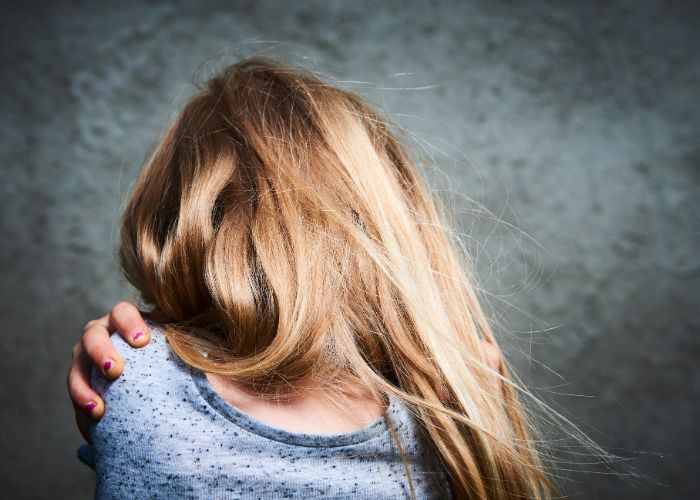The bishops’ conference in Spain is revealing more and more data on sexual abuse of minors in the Spanish Catholic Church. On Thursday, the report ‘Para dar luz’ (To shed light) was published in this regard.
It is the first time the number of victims counted has been made public. This number stands at 971. The number of abusers now stands at 728. In March last year, the number of published abusers was 506.
Data has also come to light that was only partially known until now. For example, the fact that of these 728 abusers, 80% were ordained – 378 priests (51.92%) and 208 religious (28.57%) – compared with 92 lay people (12.63%), one deacon and 23 cases in which the complainant could not specify the offender’s ecclesiastical status. The number of perpetrators that are now deceased stands at 63.60% and 36.40% are still alive, as far as is known.
Perpetrators mostly men
The perpetrators are almost all men. There are only five women among the accused. From these figures, the Episcopal Conference concludes that ‘the abuses are predominantly of a male homosexual nature, namely in 81.89% of the cases’. However, 17.69% of abuse cases are of heterosexual nature.
Abuse over the years
Most abuse cases date back to the years between 1960 and 1990. On average, there were about 14.5 cases per year. Between 1970 and 1980, the number of complaints was highest at 172. The trend then decreased dramatically after 1990 (45 cases until 2000) and in the first decade of the 21st century, with 20 cases until 2010.
A plague that won’t stop
Since then, however, the figures have been rising again. Between 2010 and 2020, 60 cases were reported. But then, the number of abuse cases rose sharply from 2020 onwards, with 34 cases in just three years. An uptick that seems to disprove the repeated assertion that child abuse in the Catholic Church is a thing of the past. Moreover, the rise in reported cases is surprising at a time when the Church has intensified both its prevention activities, especially in schools and parishes, and its protocols for action in case of such cases.
Interpretation
The bishops’ conference interprets this increase as the result of ‘greater sensitivity to abuse and bringing protection offices closer to the people’. They also point to the ‘social context’ and recall that according to data from the Public Prosecutor’s Office for Crimes in Spain, complaints of sexual abuse have almost doubled in the last 10 years and ‘the Church is not exempt from this reality’.
Abuse in today’s society
The report devotes an extensive chapter to ‘The situation of abuse in Spanish society today’. There, it highlights that the crimes presented by the Public Prosecutor’s Office between 2011 and 2021, ‘it is striking that this type of proceedings [sexual crimes against minors] multiplied by 4.5 in this period, from 1,180 in 2011 to 5,271 in 2021’.
According to the bishops’ conference’s criteria, this social context would also explain the increase in the number of cases of abuse within the Catholic Church in recent years. What the report does not provide is an internal explanation of why the average number of cases of abuse in the Church was 2 per year in the first decade of the 21st century, and has risen to more than 10 per year since 2020, precisely in the years when the greatest emphasis has been placed on combating this scourge.
Instruction on sexual abuse
Apart from the presentation of the ‘Giving Light’ report, Thursday was also used to publicise the ‘Instruction on Sexual Abuse’. This was approved by the plenary of the episcopate in April. The document is part of the framework protocol for prevention and action approved by the same body in November.
The event was presented on Thursday by the secretary-general of the bishops’ conference, César García Magán, who acknowledged with regard to the Church that “we are a people who are ashamed but hopeful. We will never tire of asking for forgiveness, but neither will we tire of caring for those who suffer from this scourge, wherever they are, nor of providing the means to make the Church an increasingly safe place for children and young people’.


